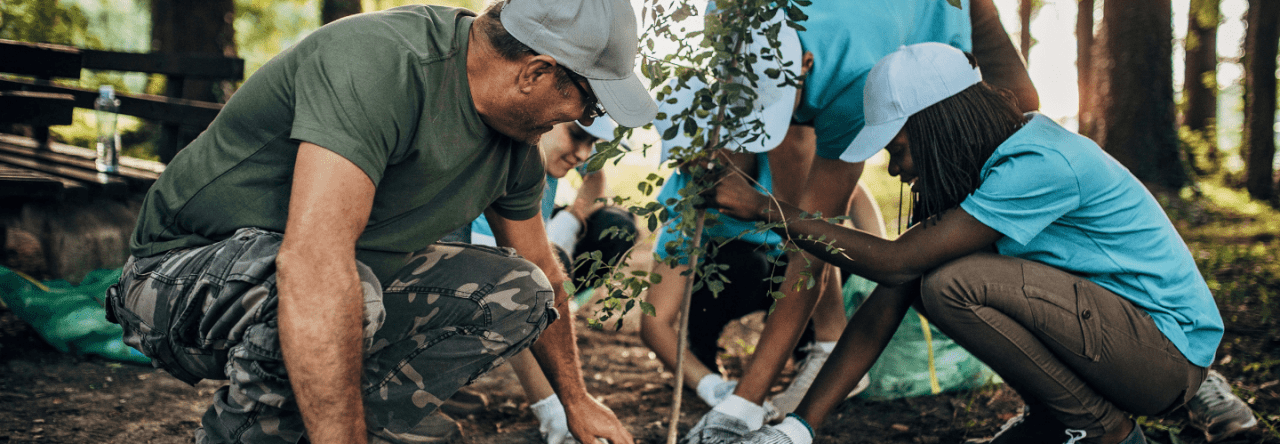TeamKinetic welcome the guidance from CSP Network and wanted to take this opportunity to clarify our service and to share with you how we think our range of applications can provide a world class Volunteer and Coaching experience.
We are offering 12 months FREE usage of our system to all CSP’s as a no risk trial. If at the end of the trial period you are not happy with our support or service, you can export your data in its entirety. For more information on starting your free trail and pricing please get in touch here.
What we do
 |
 |
 |
 |
Our system is not only limited to Volunteer management we also offer:
- Coach management and agency support including tools for scheduling, payments, bookings, quality assurance and feedback.
- An integrated database that allows for activity session and club sessions to be published, updated, searched and powerful communication tools to keep your clubs informed.
- Accreditation and access management for events of any size, with badge creation, area access controls and on-site security.
We are actively developing more modules all the time for inclusion in TeamKinetic, our complete integrated package.
How far we reach
- Our system is currently in use across the UK and has over 45,000 users registered.
- Over 60% of those registered have been active in the last 12 months.
- This year our users have already logged 27,564 hours
- Last week our sites enjoyed 10,000+ page views
Who we work with
Our sports based customers include
 |
 |
 |
 |
 |
We also work with a wide range of Universities, Hospitals, Charity’s and youth organisations.
What our customers say
“GreaterSport have been working closely with TeamKinetic over the past 14 months. TeamKinetic have been able to develop the system to suit our needs as a CSP, this has included upgrades so we can now manage both volunteers and coaches on the same system. Within Greater Manchester we have seen an increase in people volunteering with our APS volunteering score rising to 13.2% – we feel a lot of this is down to the management system as volunteering has never been so easy for the users. We would highly recommend working with TeamKinetic and are excited to see our volunteer and coaching workforce growing over the next 12 months.”
Nick Lowden
Workforce Development – Greater Sport
We have built our platform on the following principals.
The End User is the most important person in our world.
TeamKinetic is incredibly easy to use. We believe passionately that less is more. So we use data from the end user, what they search for, what they leave positive and negative feedback on, where they are, how many opportunities they view and what type of opportunities they are. This provides insight and a more tailored experience for every user. This IntelligentBrokering™ ensures every user is presented with information that is up to date and relevant.
Integrated social media, access via mobile device and the ability for the user to see and share opportunities with any one at any time.
We know you don’t like to send good people on bad experiences and we love to help you recognise talent and enthusiasm by;
- Using anonymous feedback by both volunteers on opportunities and providers on volunteers
- Giving volunteers ThumbsUp notifications for a job well done.
- Rewarding both on line with achievement badges and in the real world with HourTrade™, those who go above and beyond
Its our aim and ambition to help you build a sustainable and strong sporting community of officials, coaches, volunteers and participants.
Support, support and more support
Information, data, and insight is excellent and indispensable, but it means little without the right support. We pride ourselves on our after care.
- Monday to Friday – 9:00-5:00 telephone help line.
- Online support ticket system for bugs and new features is always available.
- Free access for customers to our yearly development conference in partnership with Manchester Metropolitan University, this year with speakers from DBS discussing safeguarding in recruitment, Step Up to Serve CEO Charlotte Hill and Geoff Thompson MBE from Youth Charter, This year we are looking at Sports Volunteering in the current landscape of austerity. Book here.
- Close working relationship with the Sports Volunteer Research Network so you can access a raft of academic research.
- Monthly news letter that we like you to contribute to.
- Partnership with the Sport and Recreation Alliance
Our products never stop improving and those improvements are driven by you our customers and the feedback you provide.
No Hidden Costs
Unlike some IT providers, we aim to be transparent and up front about costs. Offering long term assurances on price and clarity on future price increases.
In most cases our licence fees cover all standard on-going costs including support, updates, hosting, and data usage.
We want you to feel confident when you invest with us.
How do we achieve all this?
We aim to provide you with a set of simple to administer online tools that make promoting, signposting and communicating with your community simple and effective.
Our services are in no way exclusive and can work alongside any other web site or web sites.
The data collected can be exported at any time by you the customer. with an extensive library of report functions.
The system is built to allow you control over content and branding so there is little need for additional development costs.
Our CRM functionality means e-mail, social, blog and SMS can all be taken care without the need for additional external services or tricky exports and delivered fully branded at the click of a button.
If you want to find out how we can help you, please feel free to call or get in touch below.







